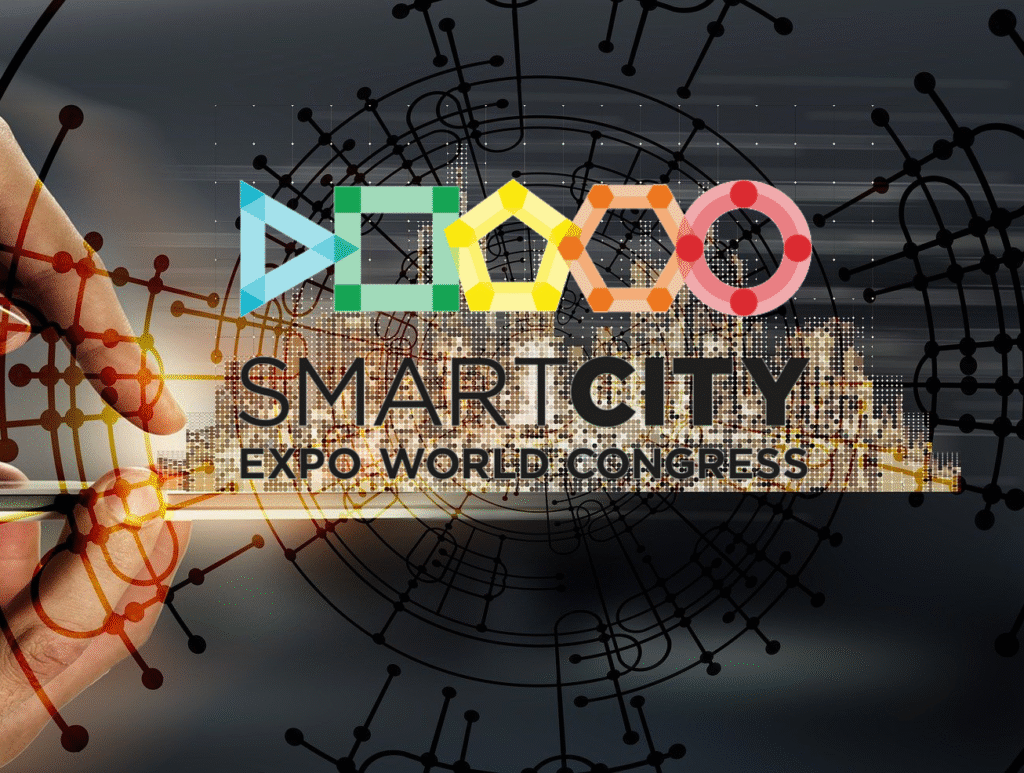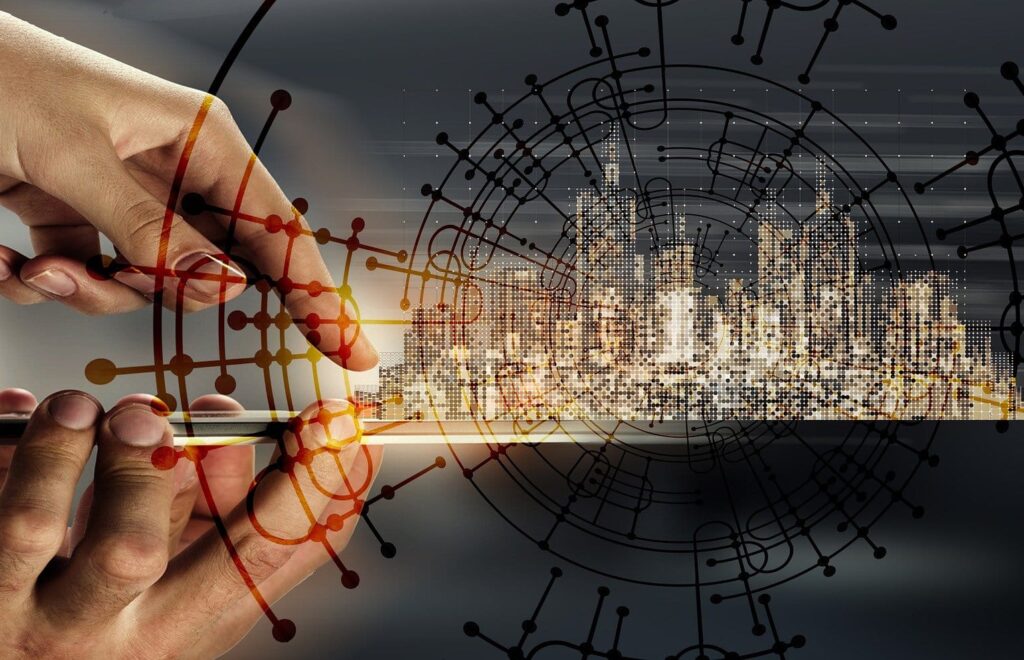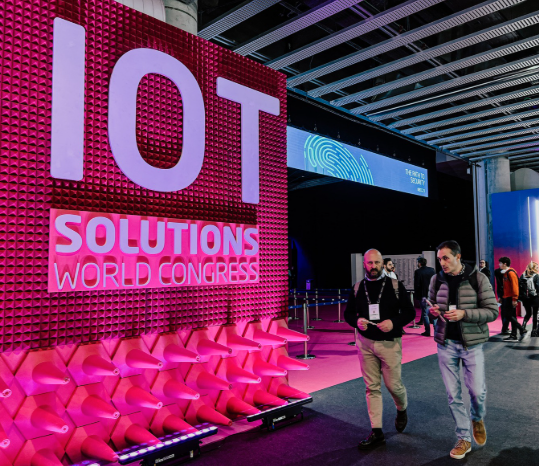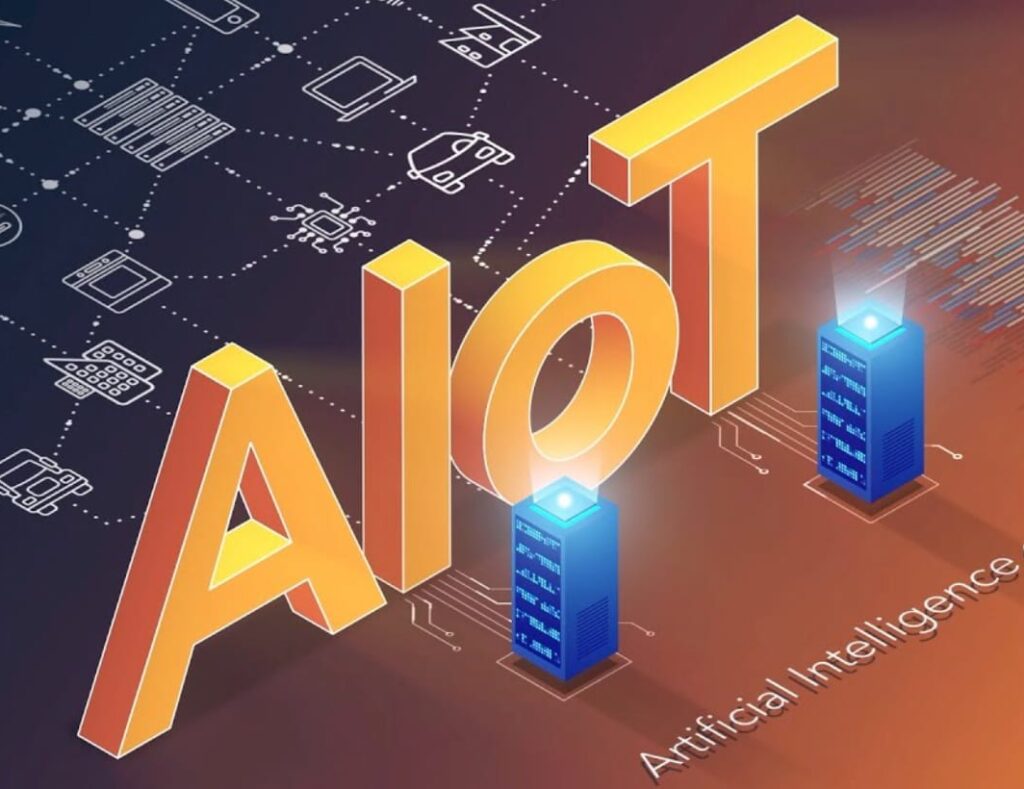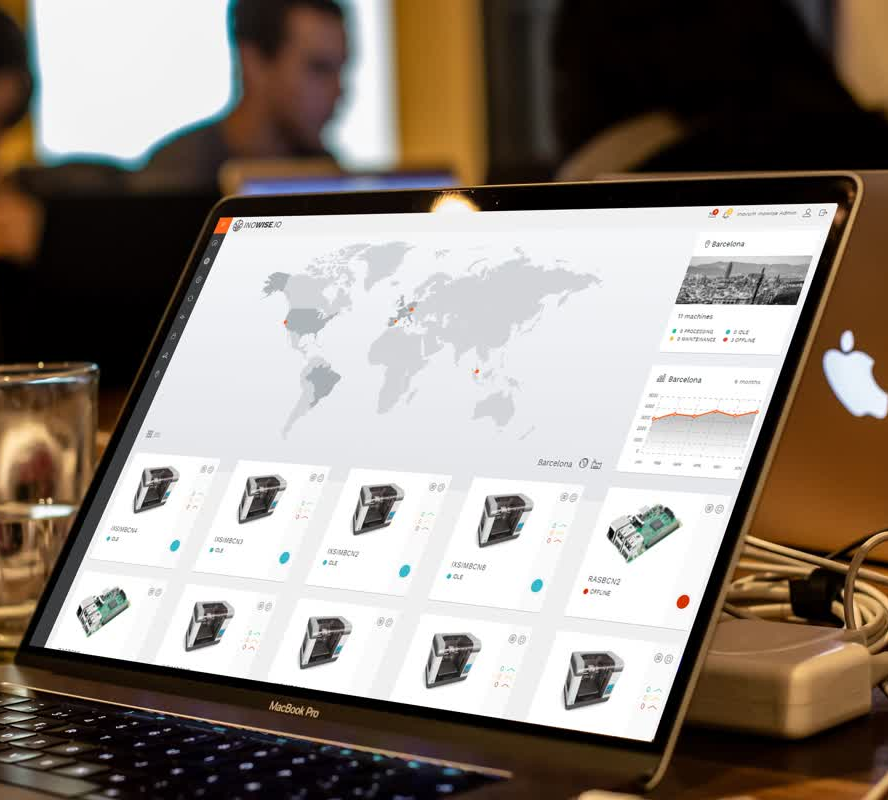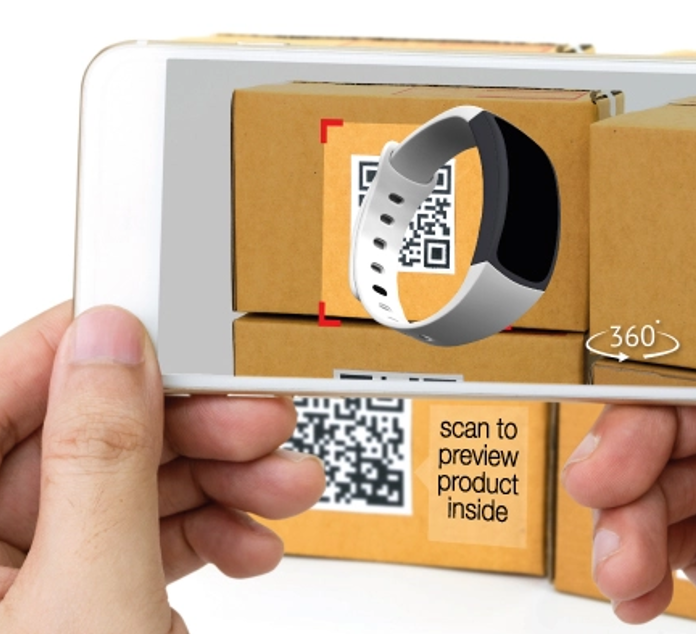Navigating indoor spaces can be challenging—GPS signals often fail inside buildings, leaving critical areas unmonitored. INOWISE.IO’s beacon tracking changes that. Using small, energy-efficient Bluetooth Low Energy (BLE) beacons, our platform provides real-time indoor positioning with high accuracy, transforming the way businesses manage people, assets, and spaces.
Inovum will be present at the Smart City Expo World Congress 2025 in Barcelona this November 4th – 6th. Visit us in Hall 2, Level 0, Street D, Stand 151 — part of the Ajuntament de Barcelona exhibition area — and experience INOWISE.IO, our intelligent building solution designed to make urban spaces more sustainable, efficient, and connected.
As cities evolve, so must their infrastructure. INOWISE.IO integrates AI-driven analytics and IoT technologies to transform how buildings operate. Tailored for municipalities, building managers, and smart city planners, it enhances indoor environmental quality, energy efficiency, and operational intelligence.
With Inowise.io, buildings become adaptive systems that learn and optimize in real time. The platform enables comprehensive monitoring and control across key parameters essential to modern smart infrastructure:
- Water Leak Monitoring – Early detection to prevent damage and reduce waste.
- Room Occupancy Tracking – Optimize space use, comfort, and energy consumption.
- Temperature Regulation – Maintain ideal indoor conditions efficiently.
- Smart Meters for Water and Electricity – Gain precise insights into resource usage.
- Legionella Detection – Continuous water quality monitoring for health and safety.
Through seamless integration of IoT devices, AI, and cloud-based analytics, Inowise.io empowers decision-makers to act on real-time data, driving sustainability and resilience across buildings and districts.
Visitors to the Inovum stand will be able to see INOWISE.IO, in action, explore practical use cases, and discuss how it can be adapted to their specific city or building needs.
The Smart City Expo World Congress is the leading global event for urban innovation, gathering industry experts, public sector leaders, and technology pioneers to shape the cities of tomorrow.
Join us in Barcelona this November and discover how INOWISE.IO is redefining smart buildings — one insight at a time.
For more information and where to find us, visit this link: Smart City Expo.
